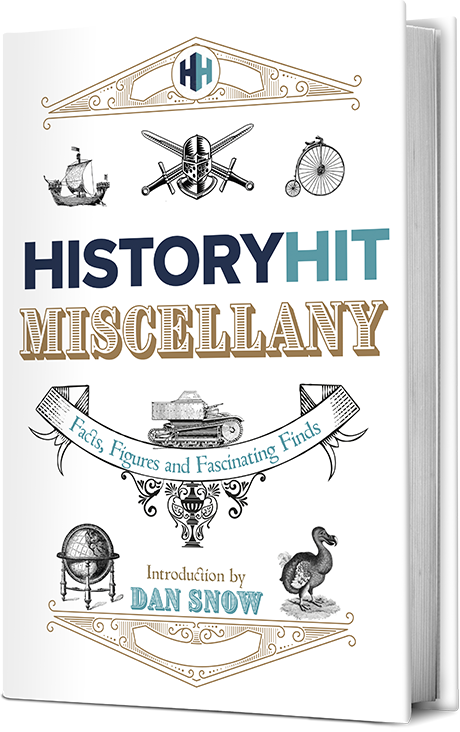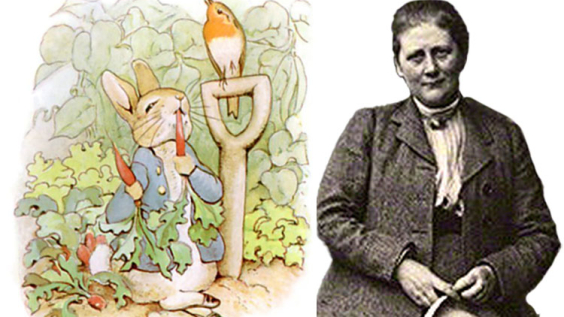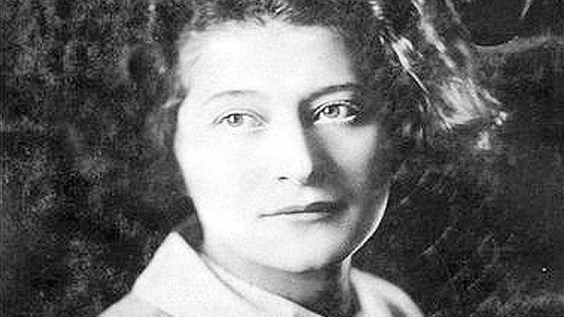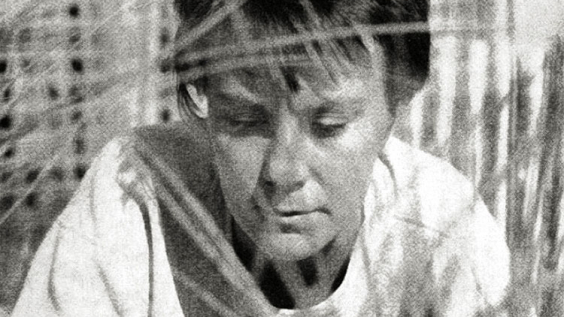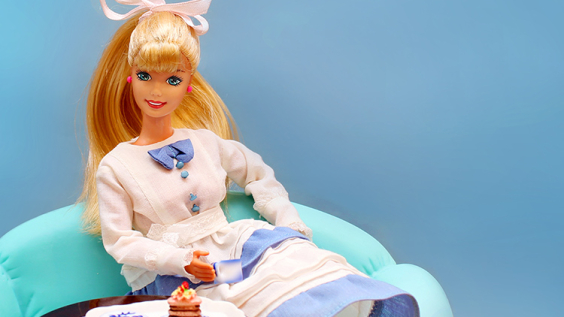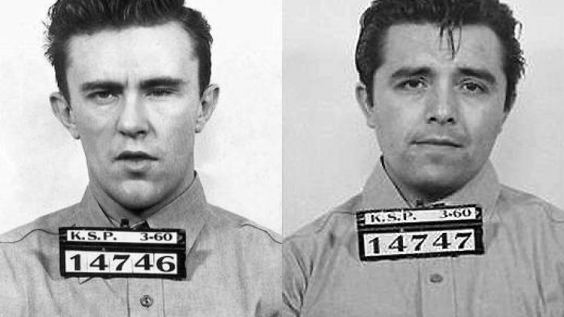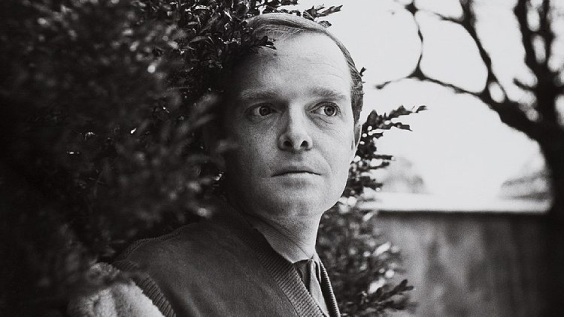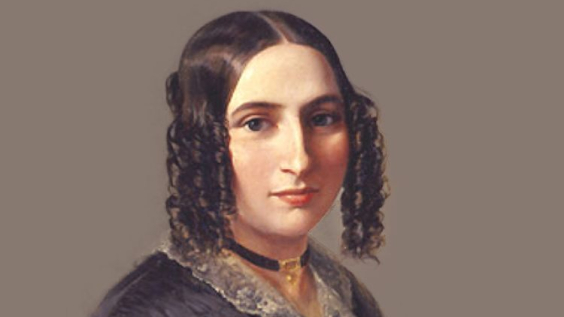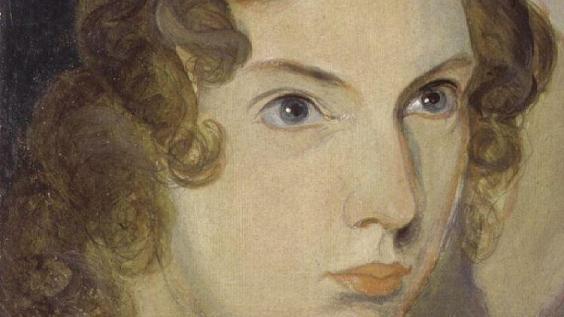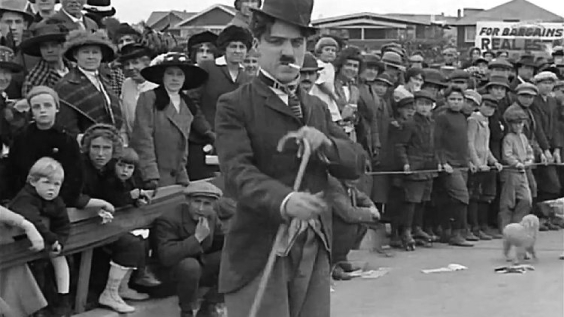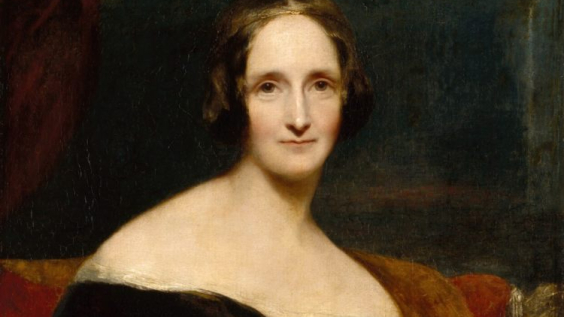
World War One was named for the scale of fear the conflict unleashed. It was a total, industrialised war that stretched across empires. During the conflict, both the Allied and Central Powers conducted propaganda campaigns with the purpose of evoking fear and anger, as well as pride and patriotism to unite the public behind the government – and against the enemy.
Striking at the moral heart of the home front, in propaganda produced by Britain, France and the United States, Germans were presented (often literally) as monsters, and atrocities both real and imagined were exploited.
Here are 10 anti-German propaganda posters used during World War One to garner support for the war.
1. ‘The Hun and the Home’ (1914)

‘The Hun and the Home’
Image Credit: David Wilson, Public domain, via Wikimedia Commons
The stereotype of the German ‘Hun’ emerged in British propaganda during World War One, and was used to reinforce British values in contrast to German aggression and barbarism.
German atrocities in Belgium also played into the hands of Allied propaganda artists. British propagandists made a point that not only was Germany guilty of starting the conflict by invading Belgium, Holland and France, but that its armies had committed atrocities in those countries: rape of women and deliberate starvation of the population including women and children.
2. ‘Britain Needs You At Once’ (1914)

‘Britain Needs You At Once’
Image Credit: Public domain, via Wikimedia Commons
Britain’s propaganda campaign aimed to stoke patriotism, and to do this, appealed to easily identifiable symbols of national identity. This recruitment poster depicts St. George slaying the dragon. The patron saint of England served as a national symbol for several parties during the war, ironically including Germany.
3. The Question Mark (1918)

Australian WWI war poster. Poster depicts an ape monster in a German helmet with bloody hands reaching around the globe
Image Credit: Norman Lindsay, Public domain, via Wikimedia Commons
One of six posters designed by Norman Lindsay designed for the last recruiting campaign of the Australian government during World War One. Australia is shown to be threatened by the colonising ambitions of the Kaiser and Germany, pictured as a blood-thirsty and monstrous ape wearing a German pickelhaube.
Designs such as this de-humanised the Germans, and characterised them as animalistic and therefore without human morals. Stories of spike-helmeted Germans cutting off the hands of children or boiling corpses to make soap were widely believed by the British public, especially after the Bryce Commission of 1915 which concluded many of these claims were true.
4. ‘Men of Britain!’ (1915)

Poster showing a little girl holding a baby, outside a bomb-damaged building
Image Credit: Unknown author, Public domain, via Wikimedia Commons
The British often invoked the German attack on the town of Scarborough to incite anti-German feeling. The deaths of non-combatants was seen as a contravention of decent warfare codified in the laws at the Geneva conferences of 1864 and 1906. Although both Allied and Central Power forces committed atrocities during the war.
5. ‘Red Cross or Iron Cross’ (1914-1918)

‘Red Cross or Iron Cross?’
Image Credit: UBC Library Digitization Centre, No restrictions, via Wikimedia Commons
Many posters of World War One referred to nurses. This had particularly high propaganda value after the shocking execution of British nurse Edith Cavell, who saved the lives of soldiers from both sides without discrimination and aided some 200 Allied soldiers’ escape from German-occupied Belgium. She was arrested by the German military and executed in line with German martial law.
6. ‘L’Allemagne c’est la guerre’ (1914)

French WWI propaganda poster
Image Credit: Public domain, via Wikimedia Commons
The British were not alone in vilifying Germany through their wartime propaganda. This French poster personifies Germany as an ugly, brutish woman carving up French and Dutch land to be fed to the mean-looking dog beside her. It translates to ‘Germany is War’. The text below the table, ‘Boucherie Pangermaniste’ means all the Germans’ butcher-shop, condemning German imperial expansion.
7. ‘La bête féroce’ (1915)

French WWI propaganda poster
Image Credit: Flickr.com
Another example of French propaganda characterising the Germans as beast-like and ravenous. The text means, ‘The beast is hungry!”. This design from 1915 became a popular French postcard – a cheap mode of communication that grew popular during World War One, and that would have circulated images and ideas quickly.
8. ‘Will you fight now or wait for This?’ (1918)

New Zealand Expeditionary Force recruitment posters
Image Credit: Archives New Zealand from New Zealand, CC BY-SA 2.0
It was not just Britain, France and the USA that spread anti-German sentiment during the war. This Australian poster designed by Norman Lindsay (an Australian artist and cartoonist) painted with the words “Will you fight now or wait for This”, depicts an Australian man and woman being threatened by a German firing squad. The Commonwealth played a large role in supplying troops to the European front lines.
9. ‘Only the Navy can stop this’ (1917)

A WWI Recruitment poster, using a New York Herald cartoon by W.A. Rogers
Image Credit: William Allen Rogers, Public domain, via Wikimedia Commons
This poster shows a German soldier wearing a pirate-like skull-and-crossbones and brandishing a bloody sword as he wades through a tide of women’s and children’s bodies. Printed in 1917 by the US Navy, the images was designed to encourage US enlistment and suggested only a strong naval force could repel the Germans.
10. ‘Once a German – Always a German!’ (1918)

‘Once a German – Always a German!’ WWI propaganda poster
Image Credit: US Library of Congress
In the post-war years, anti-German sentiment remained a powerful tool for political groups like the nationalist British Empire Union, an organisation that stood for patriotism, social reform, industrial peace, promotion of the British Empire and anti-socialism. This image continues to utilise ‘atrocity propaganda’, for example mentioning the death of the British front-line nurse, Edith Cavell.
 Listen Now
Listen Now
